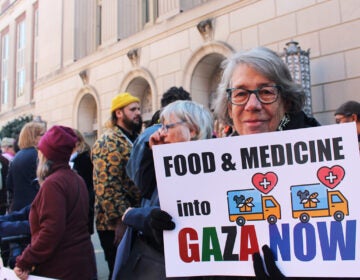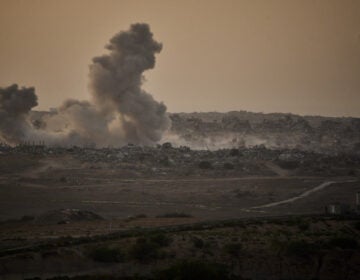PHOTOS: It’s hard to grow up — and grow old — in Honduras
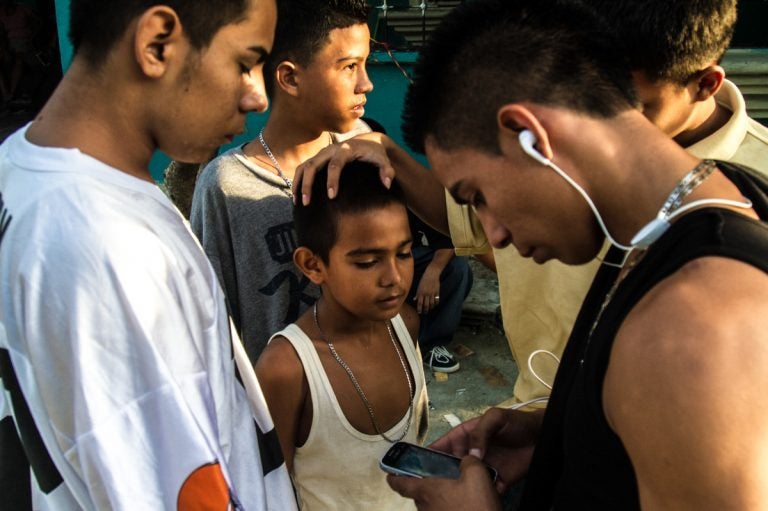
A group of older boys, some of whom are gang members, joke around with a younger boy. Neighborhood children are often groomed for gang activity from the age of 6 or 7. At first they may be given small assignments — like buying snacks for gang members or monitoring who's coming in and out of a neighborhood, says Ayuso. Bit by bit, he says, they graduate into bigger responsibilities. (Tomas Ayuso)
What’s it like to live in Honduras today — and why do so many people want to leave?
Those are the questions that photojournalist Tomas Ayuso, who grew up in the Central American country, explores in a project he calls “The Right To Grow Old.”
He picked that title because for many Hondurans, he says, especially young men in low-income urban communities, “the right to grow old has been destroyed. One has to fight for their right to grow old, either by migrating out of the country or enlisting in a gang for protection. But it’s not a given.”
Many of his images are set on the outskirts of San Pedro Sula, a Honduran city of 850,000 that is one of the most violent in the world, with 142 homicides for every 100,000 people, according to 2015 data. Ayuso says he aims to show “the complex and difficult environments and choices facing youth in these neighborhoods” and follows the story of a teenager named Moises, who was being recruited by a gang.
Like many parts of the country, the city struggles with poverty, crime and corruption. Boys are often forced to join gangs, according to a 2016 report by Insight Crime, a foundation that studies crime in Latin America and the Caribbean, and USAID.
The violence is causing Hondurans to leave the country. From the time period of 2011 to 2016, 7,350 Hondurans sought asylum in U.S. immigration courts, a 166 percent increase from the previous six-year period, according to data from Syracuse University.
Even amid the turmoil, Ayuso found moments of love and friendship: A couple comforts each other after a life-changing announcement; two friends atop a hill look down at the glittering lights of their neighborhood.
Ayuso was able to win the trust of gang members and locals by spending time with them and making his intentions clear — “I’m capturing their stories,” he says.
Ayuso, who had worked in the U.S. as a researcher on conflict in Mexico and Central America, took up photography in 2015. In 2016, he was a fellow at the International Reporting Project. He splits his time between Honduras, El Salvador and Mexico.
Here is a selection of images from his project.
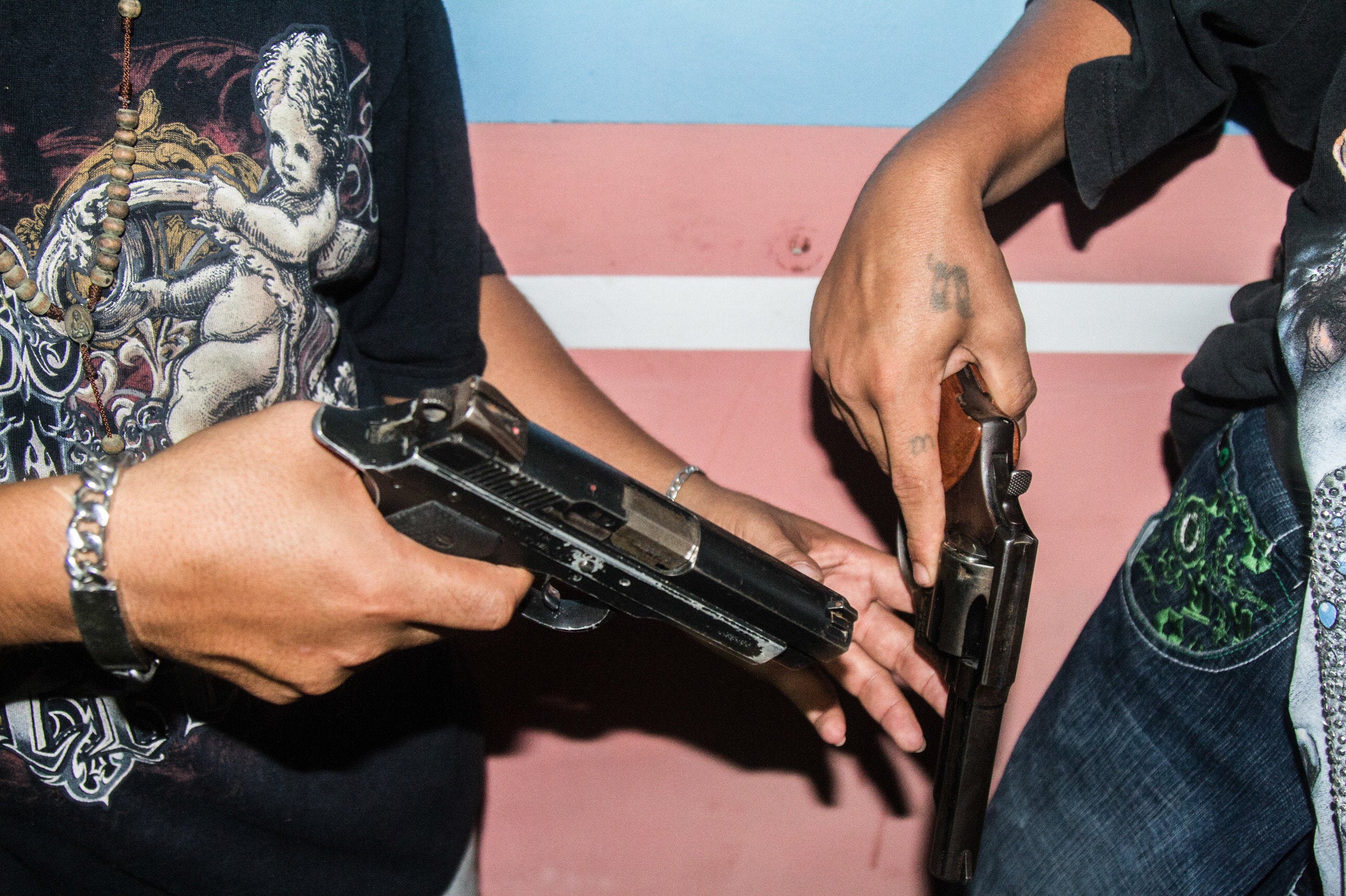
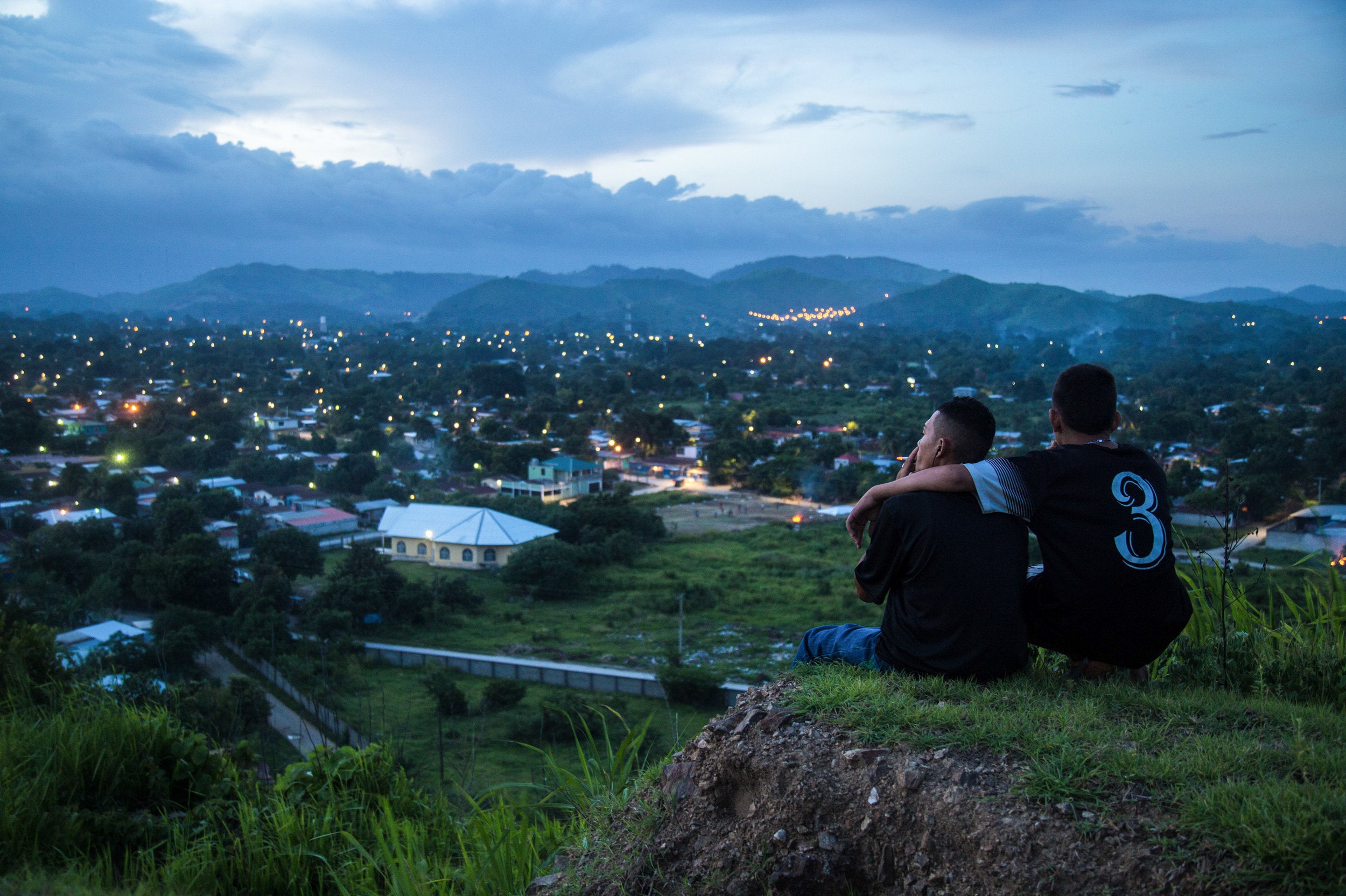
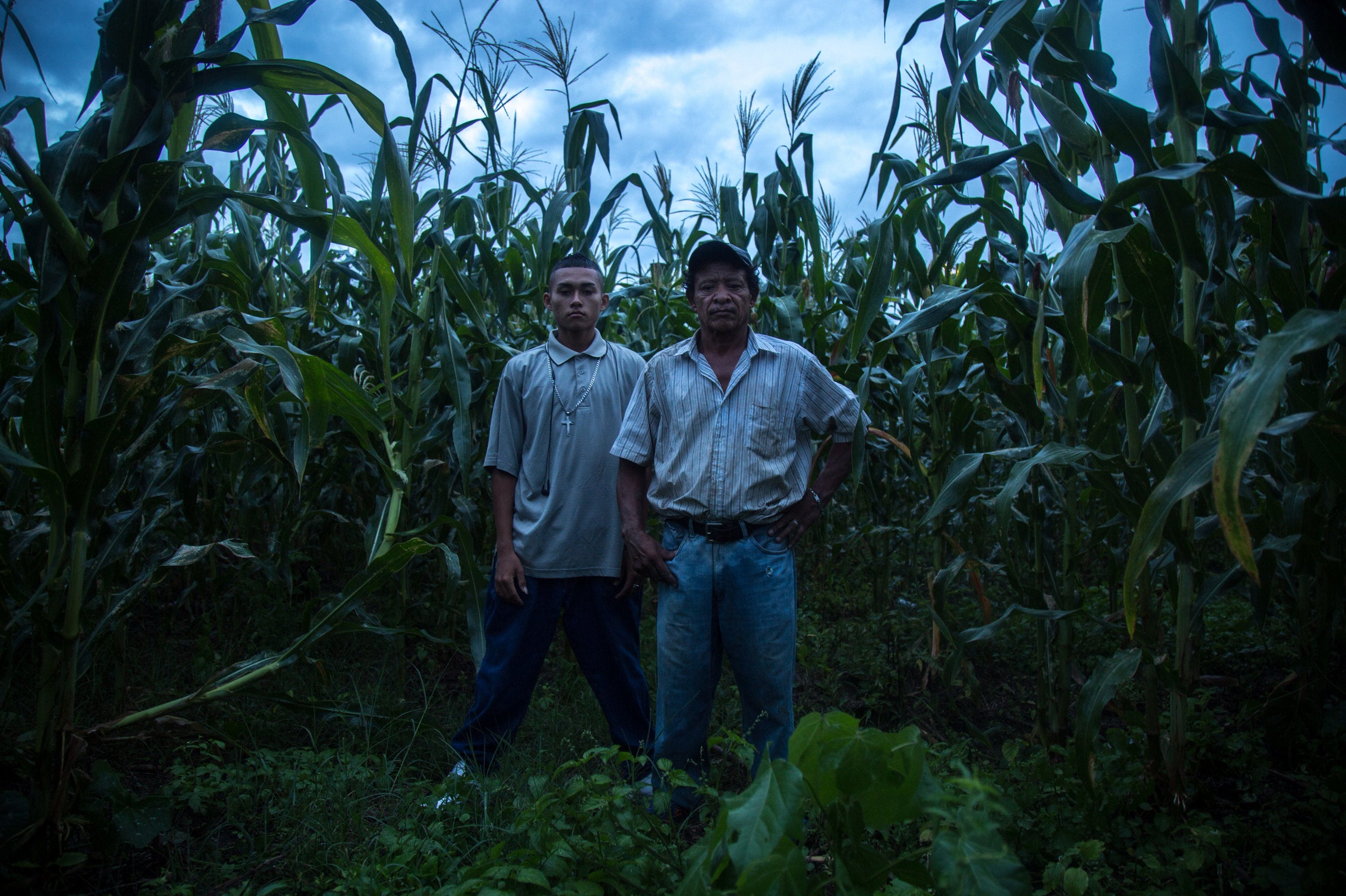
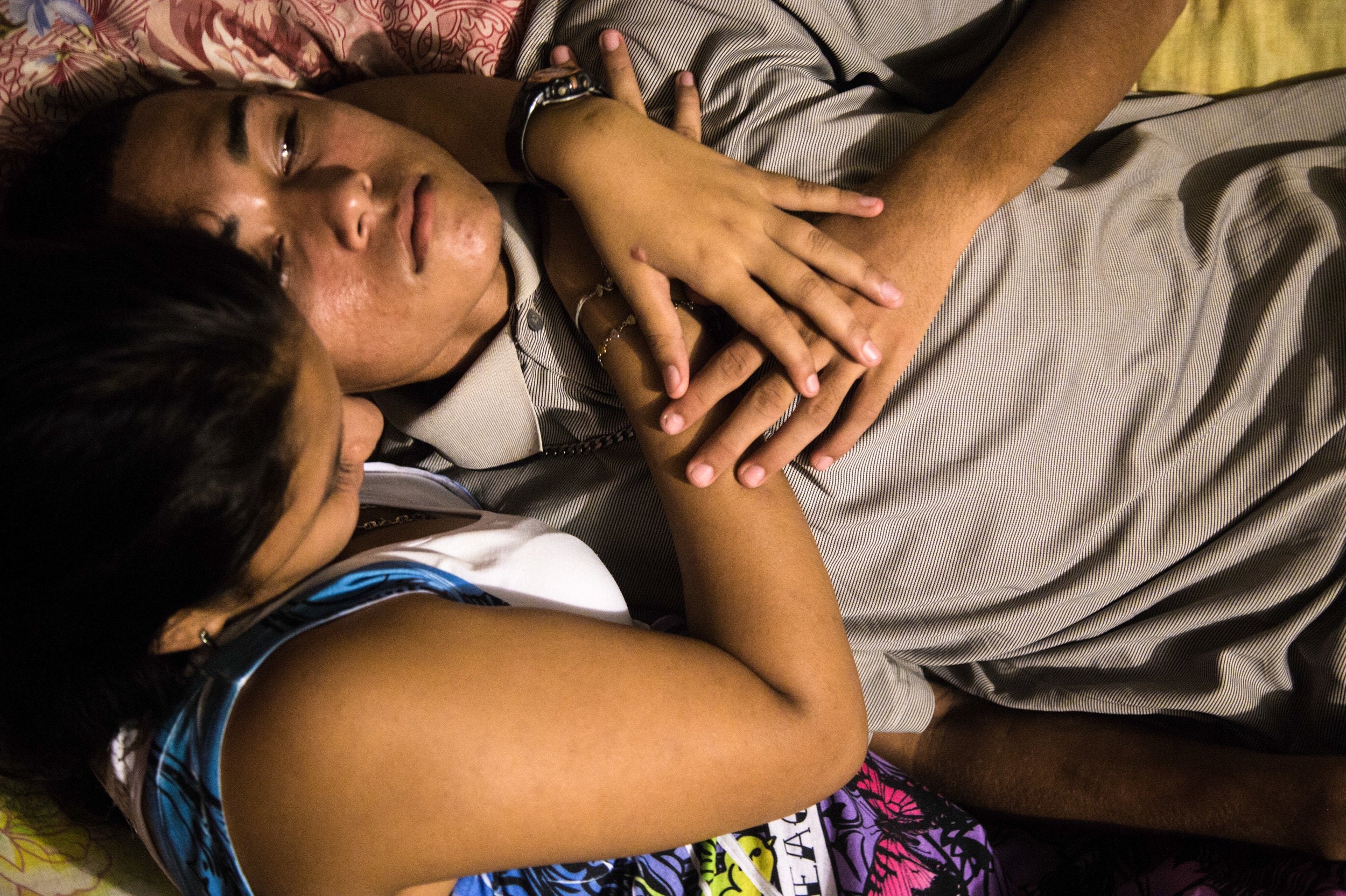
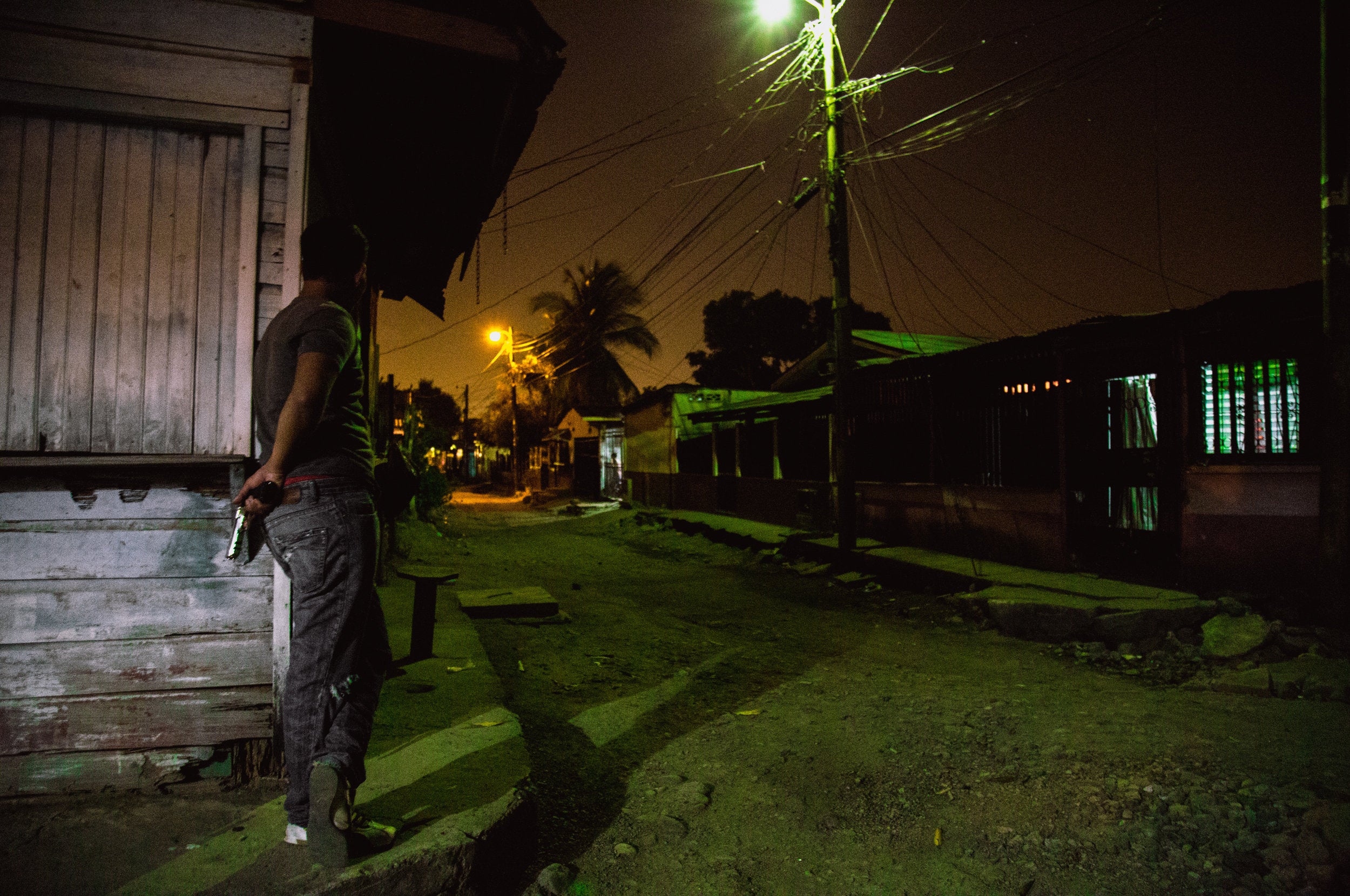
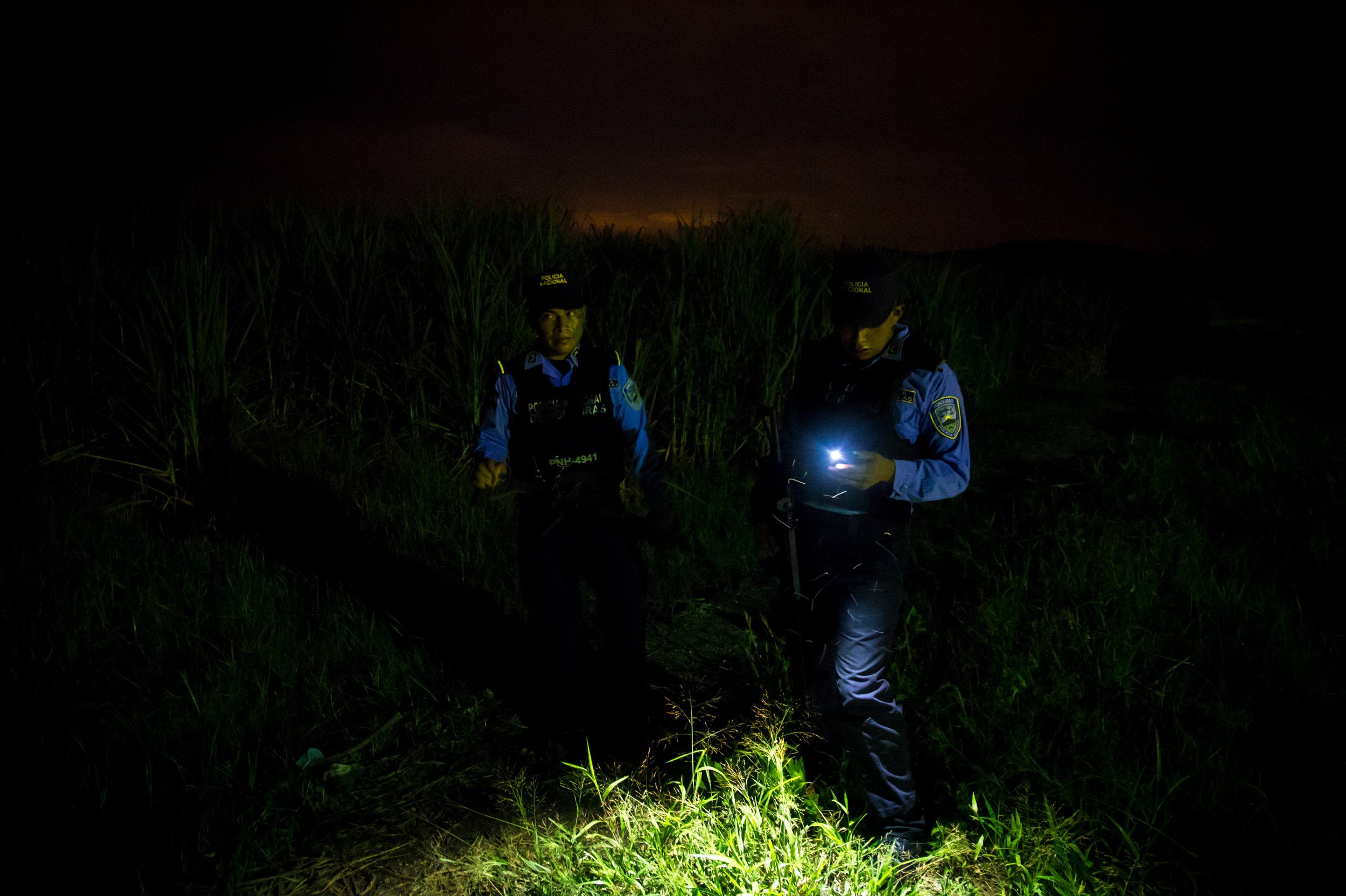
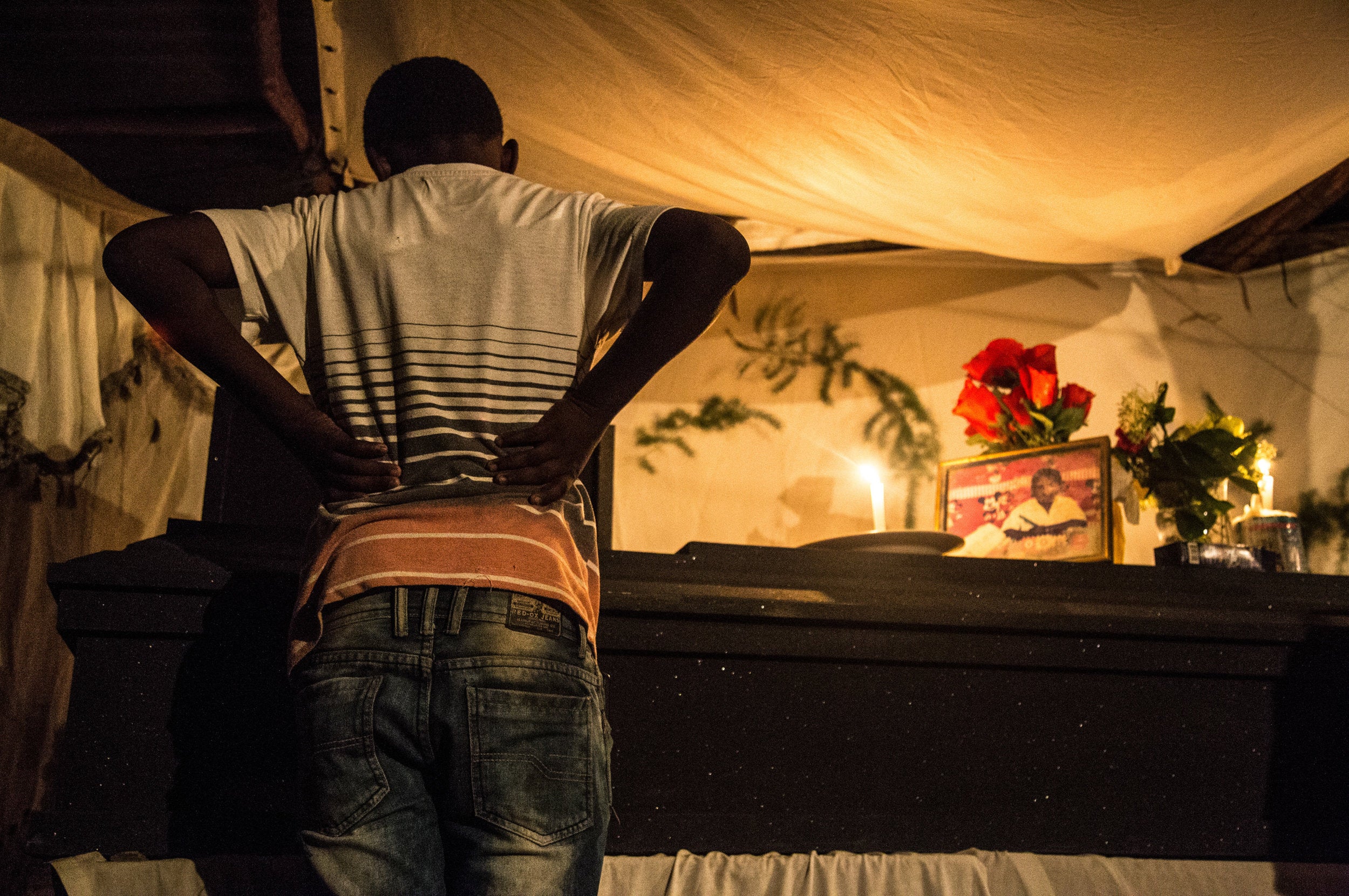
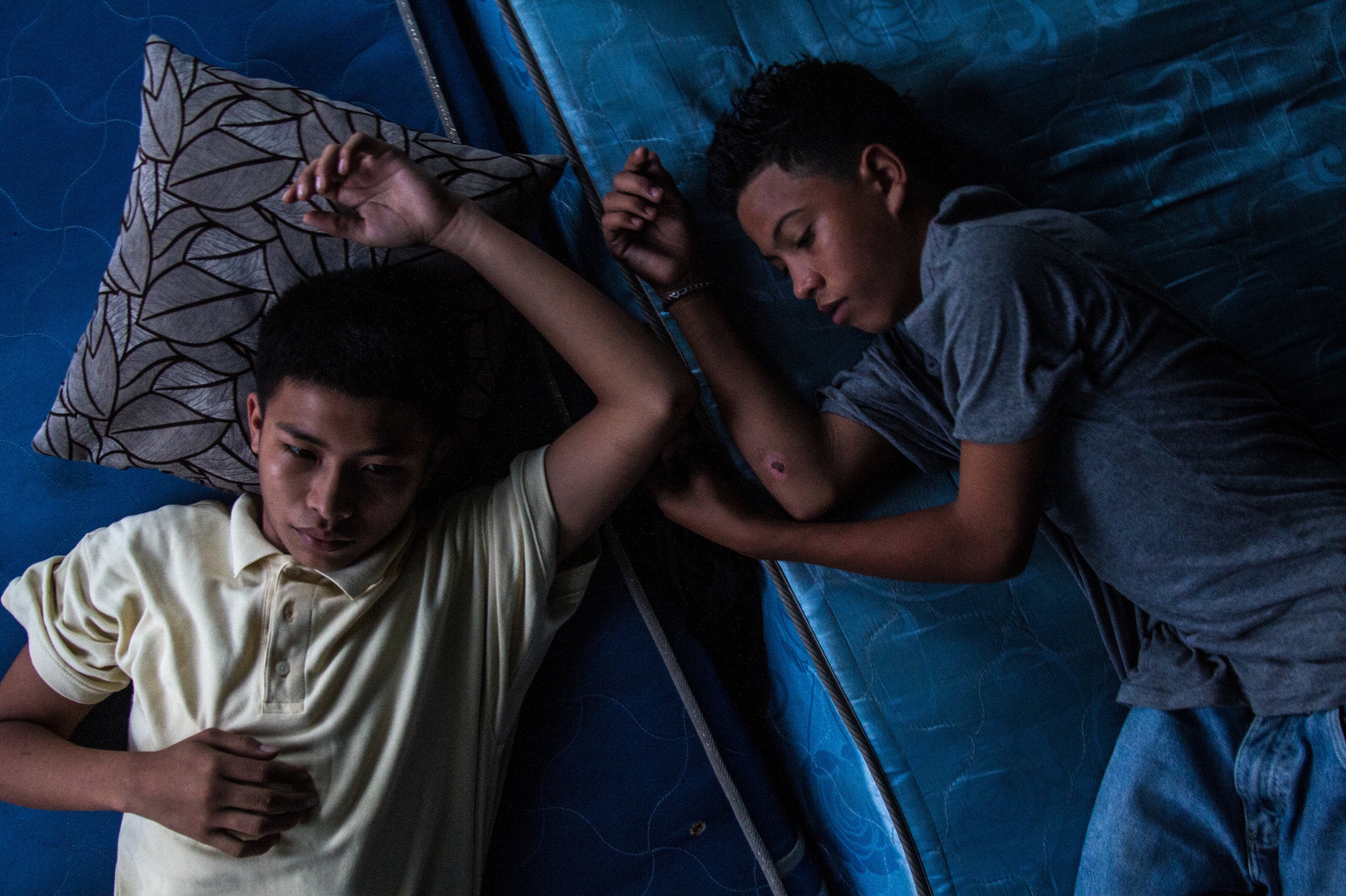
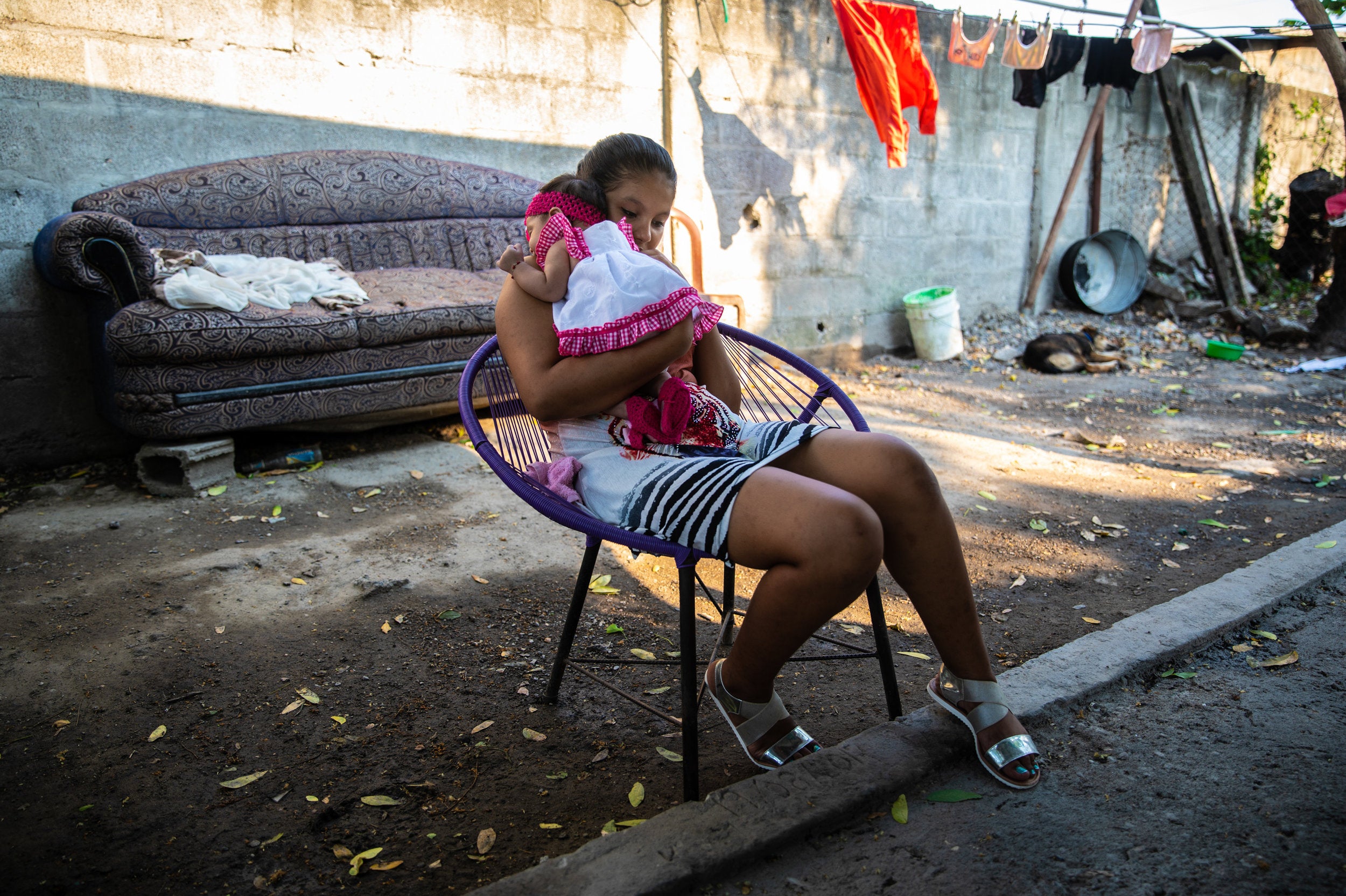
9(MDAzMzI1ODY3MDEyMzkzOTE3NjIxNDg3MQ001))


